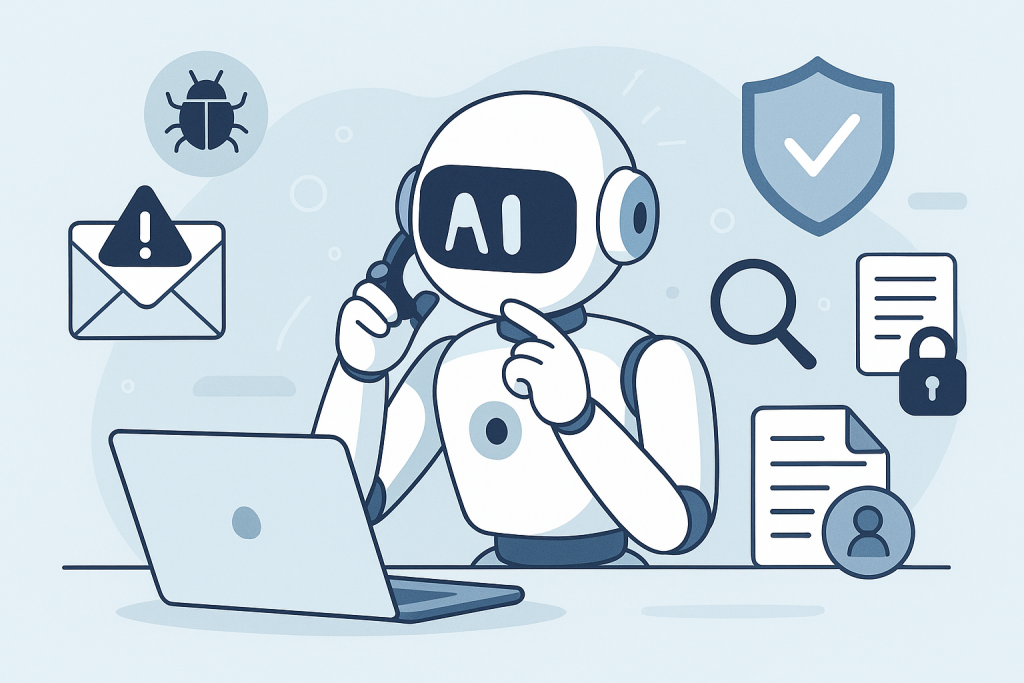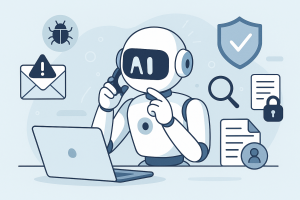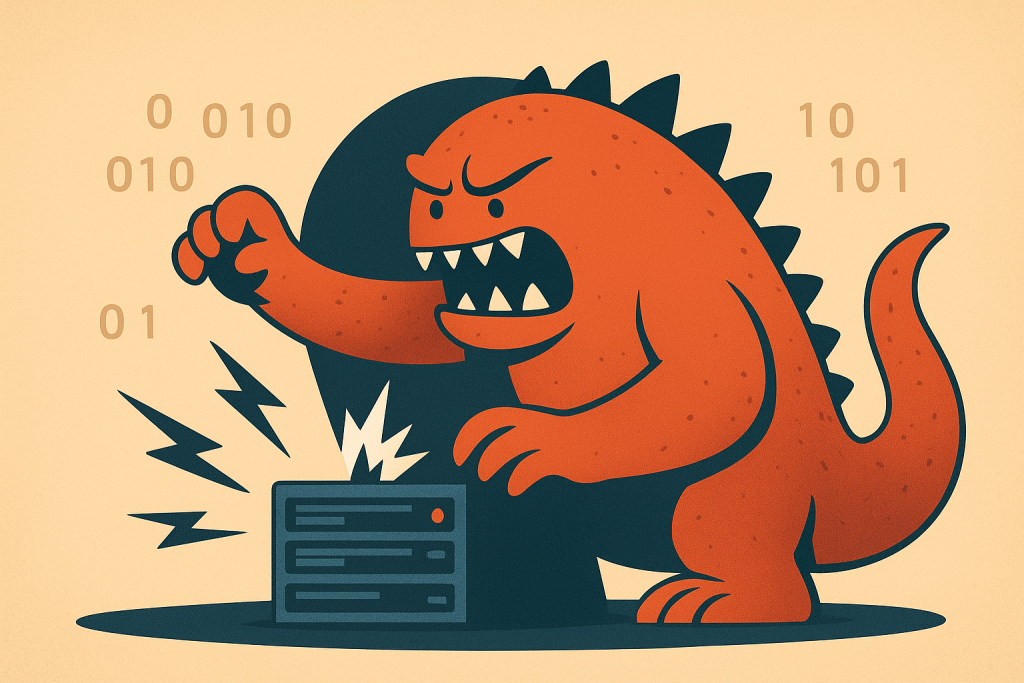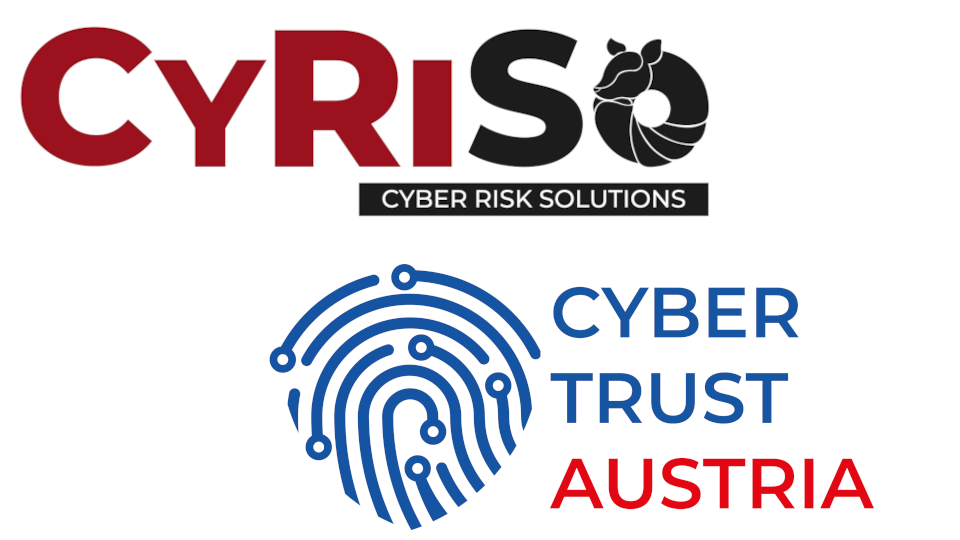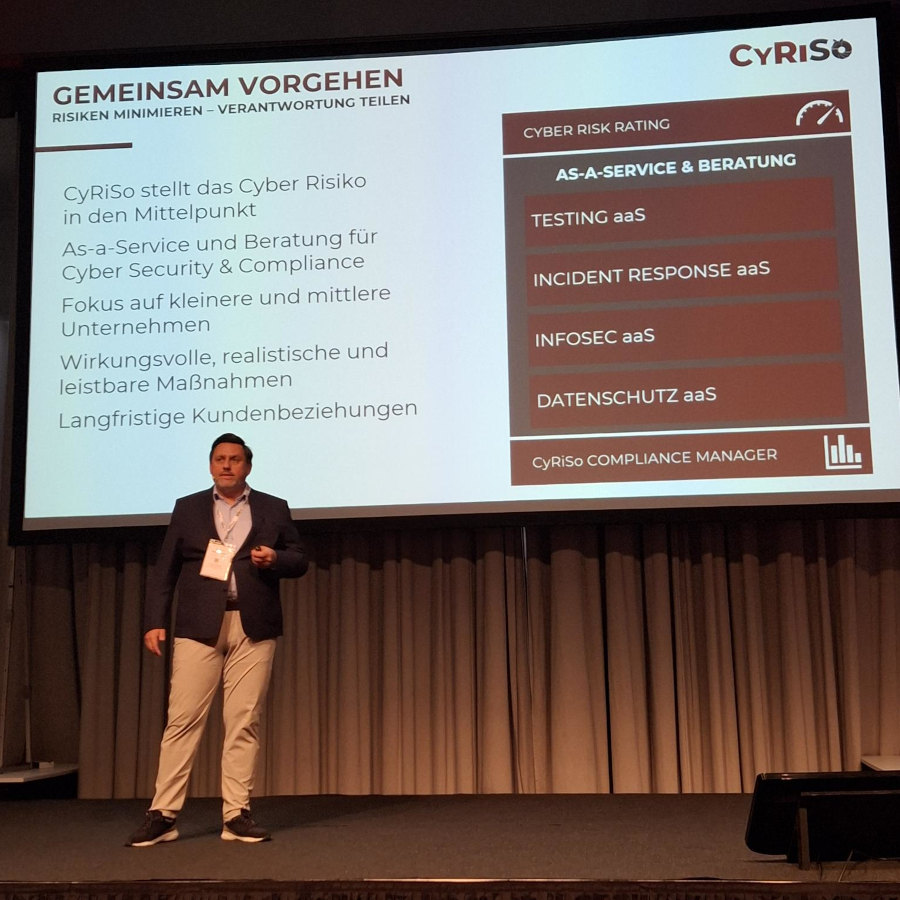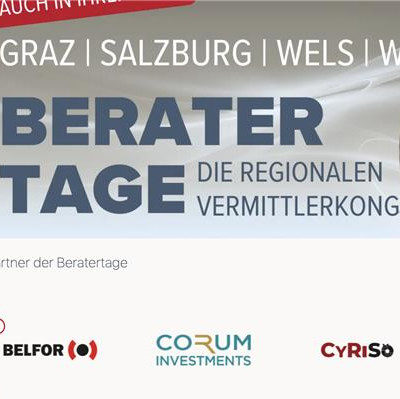Ransomware is back – and more aggressive than ever. The latest wave of attacks shows how vulnerable even well-positioned companies can be. But it also provides valuable insights into the attackers’ methods, typical vulnerabilities – and how to protect yourself better.
Specific cases and their consequences
- Hospital network in France
A ransomware attack paralyzed several clinics. Patient files were no longer accessible and operations had to be postponed. The damage: over€3 million, plus loss of reputation(source).
- Logistics companies in Germany
A medium-sized freight forwarder was incapacitated by an encrypted ERP database. The recovery took 12 days and the damage amounted to over€1 .2 million(source).
- City administration in the USA
An attack on a municipal IT infrastructure led to the publication of sensitive citizen data. The city paidaransomof US$ 600,000, although there was no guarantee that the data would be returned(source).
What do the attackers want?
The goals are clear: money, pressure, data. But the methods are becoming more sophisticated:
- Double blackmail: first encrypt data, then threaten to publish it.
- Targeted attacks: Instead of mass mailings, vulnerabilities are exploited in a targeted manner.
- Social engineering & AI: Phishing emails look increasingly credible – often AI-generated(source).
The attackers are often well organized, work in teams and use Ransomware-as-a-Service (RaaS). The barriers to entry are low – the profits are high.
Top 10 sectors – most frequently affected
According to recent studies, the following sectors are particularly at risk ( source):
- Healthcare
- Public administration
- Educational institutions
- IT service provider
- Energy supply
- Finance
- Retail trade
- Logistics & Transportation
- Media & Entertainment
- Mechanical engineering
Reasons: high data values, low security budgets, complex supply chains.
What we can learn from this
- Backups are not enough.
Many companies rely on backups – but attackers delete or encrypt them in a targeted manner.
- Prevention is better than reaction.
The average clean-up costs areUS$ 1.5 million, while preventive measures often cost only a fraction(source).
- Awareness is crucial.
Employees are often the weakest link – training and clear processes are essential.
- Incident response must be prepared.
If you don’t have an emergency plan, you lose valuable time – and money.
- AI can help.
Modern systems recognize suspicious patterns at an early stage – e.g. through AI-supported vulnerability analysis or phishing detection.
Act now: Free cyber check on cyriso.io
How well is your company protected against ransomware?
With the free, individualized cyber check on cyriso.io, you receive an initial assessment of your security situation – especially for SMEs.
💡 Tip: The check can also be carried out by a CyRiSo expert in order to receive specific recommendations. Please contact us.
👉 Test now and strengthen your security strategy: cyriso.io

